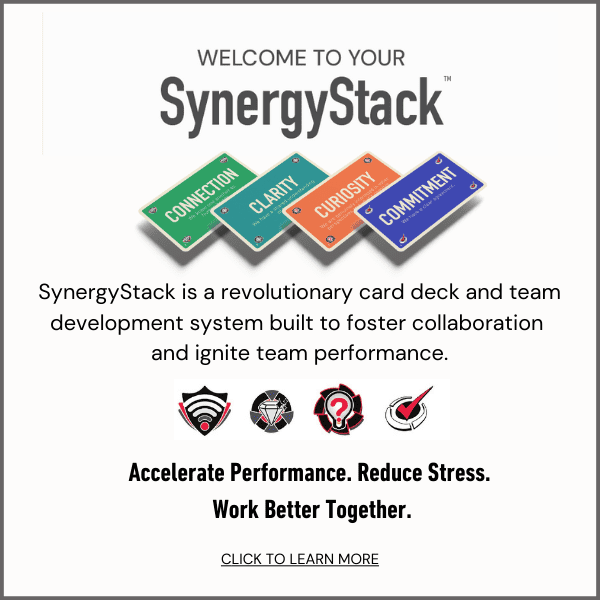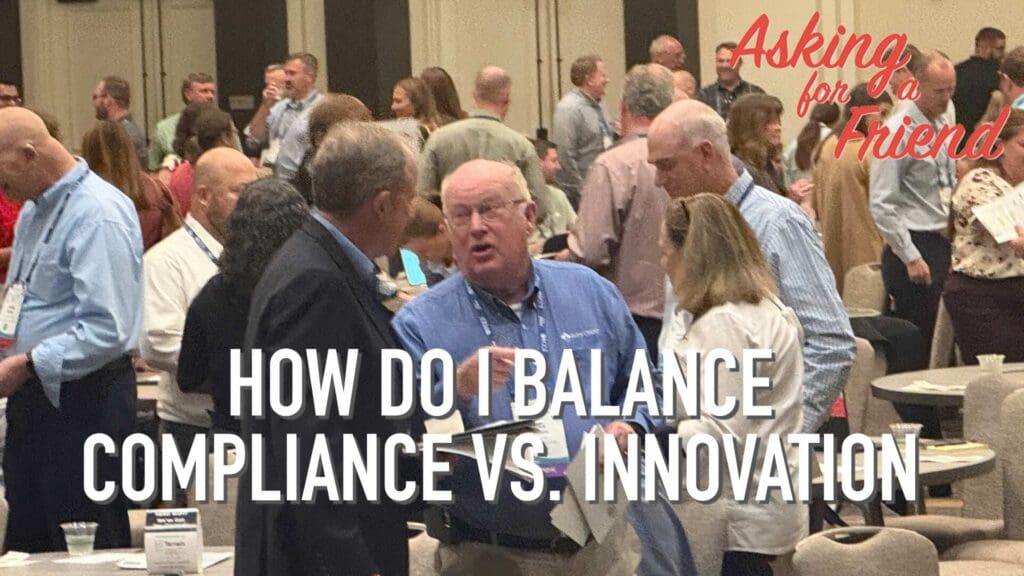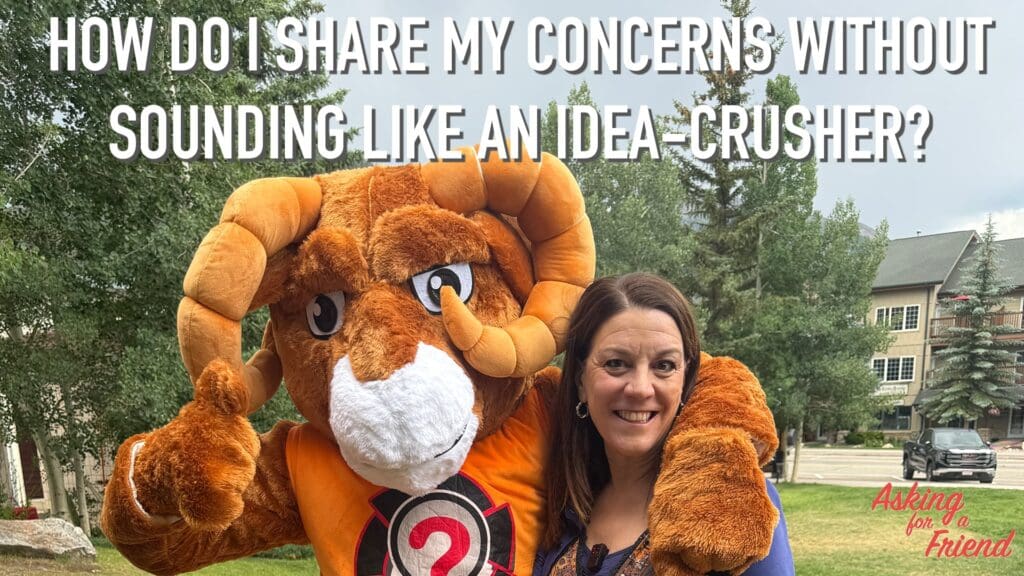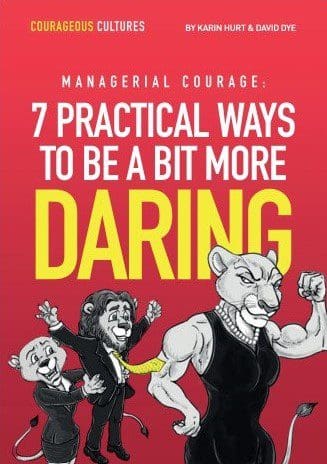Avoid These Big Mistakes When Recognizing Employees
A great employee recognition program is a remarkable way to build culture, increase employee engagement and reinforce critical behaviors. Done well, these programs will have a positive impact on culture and can also serve as a vital part of your 5 x 5 communication plan.
And yet, so many companies screw this up. It’s tragic to see the negative impact of a poorly executed employee recognition program. If you really want to reward employees, be sure to do it in a way that positively impacts employee morale by avoiding these (sadly quite common) mistakes.
Avoid these 8 employee recognition program mistakes.
- Recognizing every little thing
- Celebrating with caveats
- Creating discomfort
- Rewarding numbers while ignoring behaviors
- Recognizing the leader without acknowledging the team
- Under or overvaluing the impact
- Showing up sloppy or clueless
- Reading from a script.
Wait, What? (A Tragic Story of “Appreciation” Gone Wrong)

I had just arrived at a fancy hotel for a friend’s wedding. Parking was tight, so we drove around the corner to the back of the building.
Right beside the dumpsters were several tables set with china, white tablecloths, and balloons for a hotel staff recognition luncheon.
The nicely printed signage thanked them for their commitment to customers, but the thank-you signs were not enough to hide the trash or disguise the smell.
I was floored. I thought:
Let me get this right. You’re event superstars. You work to make every bride’s and corporate meeting planner’s dreams come true.
Have you ever suggested to a mother of the bride that she hold her daughter’s bridal luncheon by the dumpster?
What in the world possessed you to put white tablecloths on a backdrop of trash for your employee recognition program?
Is this really how you’re going to reward your rock star staff or celebrate your employee of the month? How do you think employees feel appreciated with the backdrop of dumpsters behind them?
What other options did you explore?
Do you seriously expect the folks you’re “recognizing” to come back in and create magical, creative moments for your guests?
8 Reasons Employee Recognition Programs Hurt Morale
Someone must have thought this approach to an employee recognition program was a great idea, but it’s more than the thought that counts. It’s the impact.
As a human-centered leader, we know you wouldn’t make that kind of stupid mistake with your employee recognition program.
And yet, like this debacle, most employee recognition mistakes start with good intentions.
To provide more meaningful recognition, avoid these common mistakes.
1. Recognizing every little thing
You might hear someone say, “There’s no such thing as too much recognition.” I disagree. Just as parents who praise their kids for every little thing may create dysfunction, shallow praise over the small stuff can be a real turnoff for your serious performers.
One manager I know instructed team leaders to say, “Thank you for coming to work today,” as a way of reducing absenteeism.
If showing up is the best behavior you can find to recognize, keep looking.
That doesn’t mean you never acknowledge people for their consistency, but to do so every day cheapens it.
2. Celebrating with caveats
Examples of recognition with caveats include:
- “You did an awesome job, but …”
- “Your performance was amazing, except for that hiccup in the second measure of the song.”
- “You were very friendly with that customer, but you gave her the wrong information. Keep up the great work.”
Recognition is recognition. Coaching is coaching.
Both are necessary, but when you confuse one for the other, it can quickly demotivate your people. Be sure the managers participating in your employee recognition program can offer a sincere celebration with no “Yeah, buts.”
3. Creating discomfort 
Some people hate the spotlight. Even the thought of being called onto a stage is enough to make some A-players break out into hives.
Others love the attention and are disappointed when the recognition is done privately where there’s no one to applaud.
Everyone needs recognition that is meaningful to him or her.
I’ll never forget the first time I received my first big-deal recognition at an end-of-year meeting at Verizon. The music blasted; they had these huge spotlights that followed me from the audience to the stage. I loved it (but I also love giving a keynote speech to thousands of people.)
One of my friends was recognized at the same meeting in a similar way. When she got back to her seat, she said, “I almost threw up right there on the stage. Remind me not to blow away my numbers next year. I never want to have to deal with that again.”
4. Rewarding numbers while ignoring the behaviors
In an effort to remain “objective,” many leaders rely heavily on bottom-line numbers and rankings as they select whom to recognize.
Over-reliance on the numbers can be a slippery slope.
If a backstabbing team member wins employee of the month, your entire recognition program loses credibility, and you send a message that the ends always justify the means. A good way to overcome this is to identify additional behaviors or related metrics to use as gateways.
I once had a boss who called me and all of my peers to remind us to “call Joan” and congratulate her on the award she received at the sales conference. He instinctively knew what we knew. “Joan” was a bit of a witch who had thrown all of us under the bus a few times to do what was right for her and her team.
If you have to tell your otherwise mature leaders to congratulate the person you are rewarding, you might be recognizing the wrong person.
5. Recognizing the leader without acknowledging the team
Leaders need recognition too.
Sometimes there is huge value in recognizing a leader in front of her team.
However, this is risky and must be done with care. Many times it’s best to use big recognition forums to recognize team efforts and save the individual leadership kudos for another venue.
In our research on psychological safety and courage for our book Courageous Cultures (read the first chapter for free here), 56% of our respondents said the reason they don’t share ideas is that they’re afraid they won’t get the credit.
A while back, I was teaching an MBA elective called “Dealing with Difficult People at Work.” Each student worked on a case study of a real difficult person they were dealing with. Do you know who most students picked? Their boss. And you might imagine what their biggest challenge was. Yup, it was that their boss was taking credit for their work.
I’m a huge believer in recognizing and appreciating leaders at every level of the business. It’s vital. Just be sure you do your homework first to know who needs to be included in the celebration.
6. Undervaluing or overvaluing the impact
Recognizing a big deal as if it’s a small deal. Or recognizing a small deal as if it’s a big deal.
“Thanks for saving us $5 million; here’s your certificate,” will likely backfire. As will a constant stream of hoopla for everyday tasks.
Ensure that you calibrate the level of accomplishment with the level of recognition and ensure that all the leaders delivering recognition at the same employee recognition event are aligned with one another.
7. Showing up sloppy or clueless
Have you ever seen a leader go to the podium and read off the name of someone they’ve been called in to recognize, only to mispronounce it? This mistake may seem really basic, but it happens far too often.
It doesn’t help if you laugh first and apologize.
When you get a name wrong, you undermine any value your presence or praise might have had. You’ve just told the person he’s not important enough for you to bother learning his name.
If you’ve been asked to be part of an employee recognition program celebrating high performers, be sure you take the time to learn how to pronounce names.
8. Reading from a script
If you can take the time to learn the story behind the recognition and speak from the heart, the employee you are recognizing is more likely to feel truly seen. And who doesn’t want to feel seen?
What To Do Instead
Great employee recognition programs start by helping managers know how to give better recognition. Even well-intentioned programs will fail if managers are sloppy in execution.
Teach your managers to focus on giving recognition, that is …
- Specific (Think beyond “good job.” Help managers to communicate exactly what they are recognizing.)
- Timely (Encourage your team to celebrate as close to completion of what they are celebrating as possible.)
- Relevant (Teach your managers to help align the behaviors or outcomes to your overall business strategy.)
- Meaningful (Help your managers celebrate their team in a meaningful way to the person they are recognizing. For some, that might mean a loud ruckus of recognition in front of all their peers. More introverted team members might prefer a pair of theater tickets or a meaningful hand-written note.)
Avoiding these common mistakes is a great start to building a more meaningful employee recognition program.
Your turn. I’d love to hear your stories and advice. How do you use such programs to enhance the employee experience and build a human-centered culture?
See Also: How to Be Great at Recognition (Even if It’s Not in Your DNA)







When high performing ppl consistently go beyond the call of duty and fail to get recognition while seeing numerous others get recognition for seemingly minor “beyond the call” behaviors or even things that fall within their job description it can collapse an entire team. I’ve seen my entire team pick up the slack for numerous others performing duties well outside our jobs resulting in achievements that went beyond what those normally responsible for these tasks would’ve accomplished. This includes working thru lunch, late hours, and weekends. Not one of us was given a “shout out”. Then a deluge of “shout outs” for customer support ppl being very exceedingly nice & helpful to clients came thru the very next week.
I don’t believe in this crap, anyway. It’s a manipulative way to try to get ppl who normally wouldn’t perform beyond their duties to do so. It never fails to leave behind a lot of employees who went far further beyond the call than those who were recognized. I’d rather not see any of these types of “recognition” than receive it, tbh. So I’ll be taking walks during my lunches and leaving at the appropriate time end of day from now on. Whereas if I didn’t see the deluge of nonsense “shout outs” I probably wouldn’t have changed my behavior one bit.
Johnny, I’m so sorry to hear this has been your experience! Your point is so important, that sloppy recognition can do more harm than good. People yearn for meaningful, specific, relevant recognition. I hope you won’t lose hope. We can learn so much about what is important in how to treat people from how others’ actions make us feel.